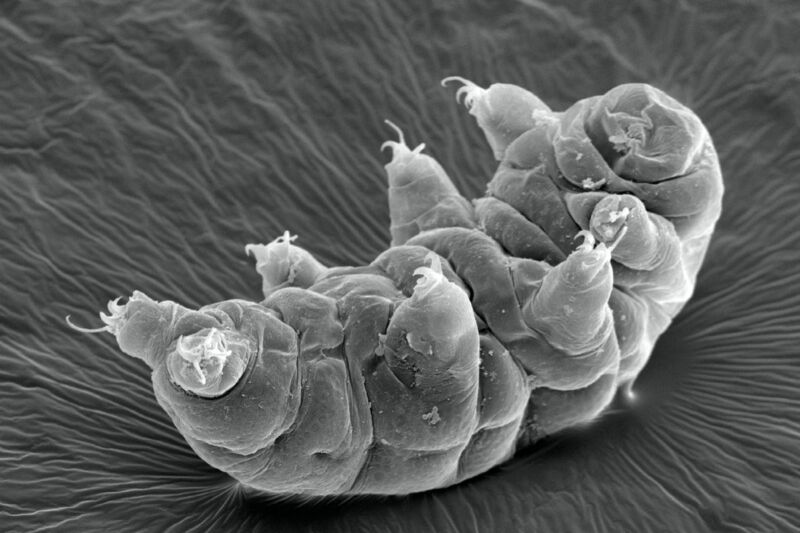
Enlarge / SEM Micrograph of a tardigrade, more commonly known as a water bear or “moss piglet.” (credit: Cultura RM Exclusive/Gregory S. Paulson/Getty Images)
There’s rarely time to write about every cool science-y story that comes our way. So this year, we’re once again running a special Twelve Days of Christmas series of posts, highlighting one science story that fell through the cracks in 2020, each day from December 25 through January 5. Today: the amazing physics of the humble tardigrade.
Is there nothing the tiny tardigrade can’t do? More commonly known as water bears (or “moss piglets”), these amazing micro-animals can survive in the harshest conditions: extreme pressure, extreme temperature, radiation, dehydration, starvation—even exposure in outer space. That hardiness makes them a favorite case study for scientists.
Earlier this year, researchers at Rockefeller University examined the water bear’s distinctive gait and concluded the creature’s movement resembles that of insects 500,000 times their size, according to a paper published in August in the Proceedings of the National Academy of Sciences.
